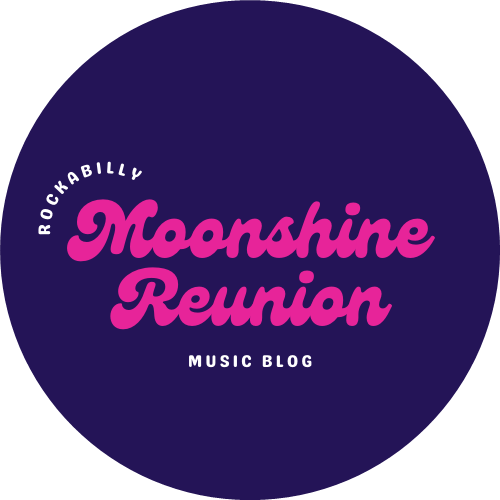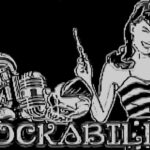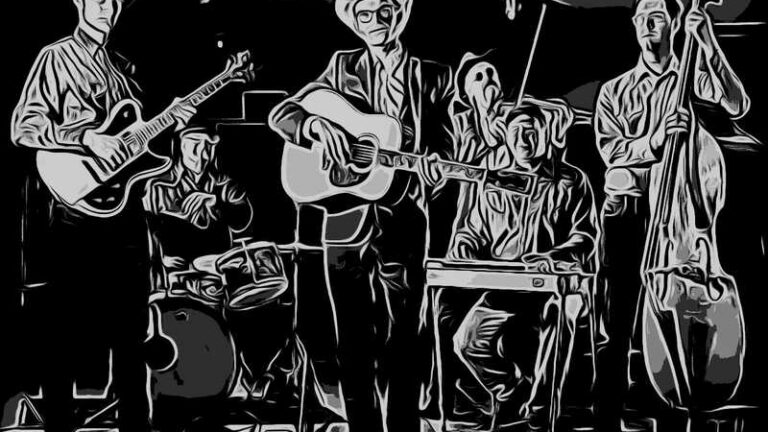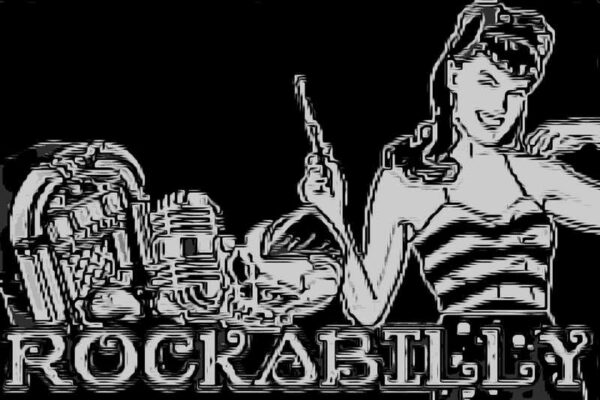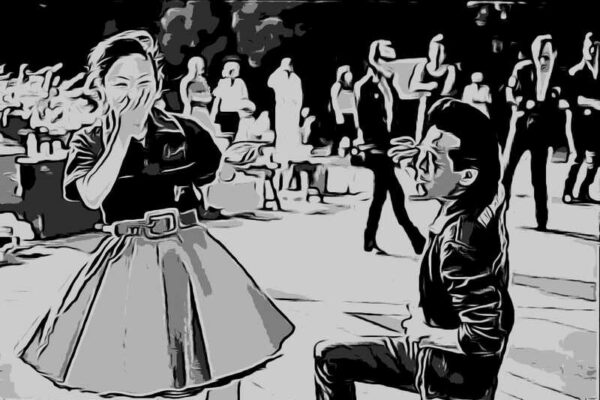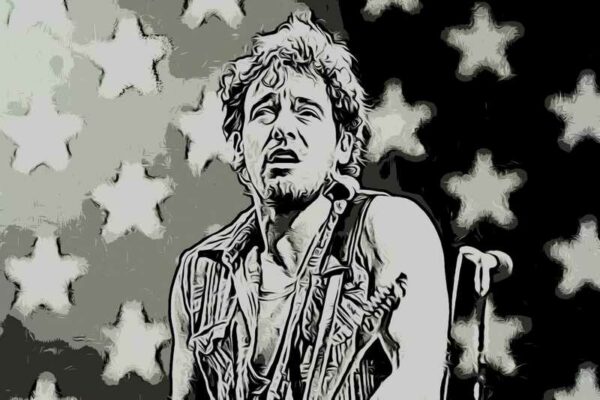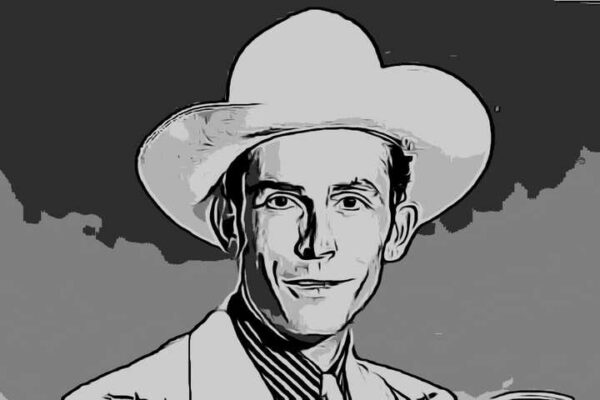Few sites are as steeped in country music legend as honky-tonks. But first and foremost: What exactly is a honky-tonk? If you weren’t born and bred in a musical hotspot like Nashville, Luckenbach, or Bakersfield, the term can be perplexing.
The first music genre to be known as honky-tonk was a form of piano playing emphasizing rhythm more than melody. The style originated as a reaction to an environment in which pianos were often out of tune and neglected. This honky-tonk music had a significant impact on the boogie-woogie piano style.
The term as we know it today is most commonly used to describe a pub where country music is performed.
The portraits on the walls are yellowed, and the wooden dance floor creaks beneath your feet. However the beer is cold and the music is good.
Tootsie’s Orchid Lounge, one of Lower Broadway’s early honky-tonks, was strategically placed to serve as the Ryman’s unofficial green room. When the Ryman hosted the Grand Ole Opry, performers would often come through the backdoor of Tootsie’s. At Tootsie´s they could let loose and play a few songs not included in their Opry performance.
Honky-tonks have represented the democratic nature of country music for as long as they have existed. Patrons can enjoy live music for the price of a single beer. The musicians and composers have historically experimented with new instrumentation and themes in their songs.
Honky-tonks were rowdy places that served alcohol to a working-class clientele while playing country music throughout the Deep South and Southwest. Some provided dancing to music played by pianists or small bands, while others were brothels.
The honky-tonk became synonymous with a musical style.
In tonal structure, honky-tonk is similar to classic blues, but with a little faster tempo. It’s a good beat for a lot of African-American dances.
Indeed, it is thought that the characteristic sounds that echo off the walls of honky-tonks fostered the development of a musical style by the same name. The honky-tonk style, which became popular in the 1950s, is most known for its emphasis on rhythm. Because the pianos in these no-frills establishments were frequently beat-up and out-of-tune, harmony and melody were less crucial to the overall sound. A traditional honky-tonk ballad is replete with steel guitar, fiddle, and, yes, sadness.
Though the exact origin of the term “honky-tonk” is unknown, one popular idea maintains that it is an onomatopoeic allusion to the loud, unrestrained style of music that spilled out of these establishments.
These one-of-a-kind locations have been memorialized in classics such as Kitty Wells’ It Wasn’t God Who Made Honky Tonk Angels. These can still be heard being performed at the revered Robert’s Western World. With lyrics like those from Jason Aldean’s “Crazy Town,” many modern hitmakers pay respect to their humble honky-tonk roots.
